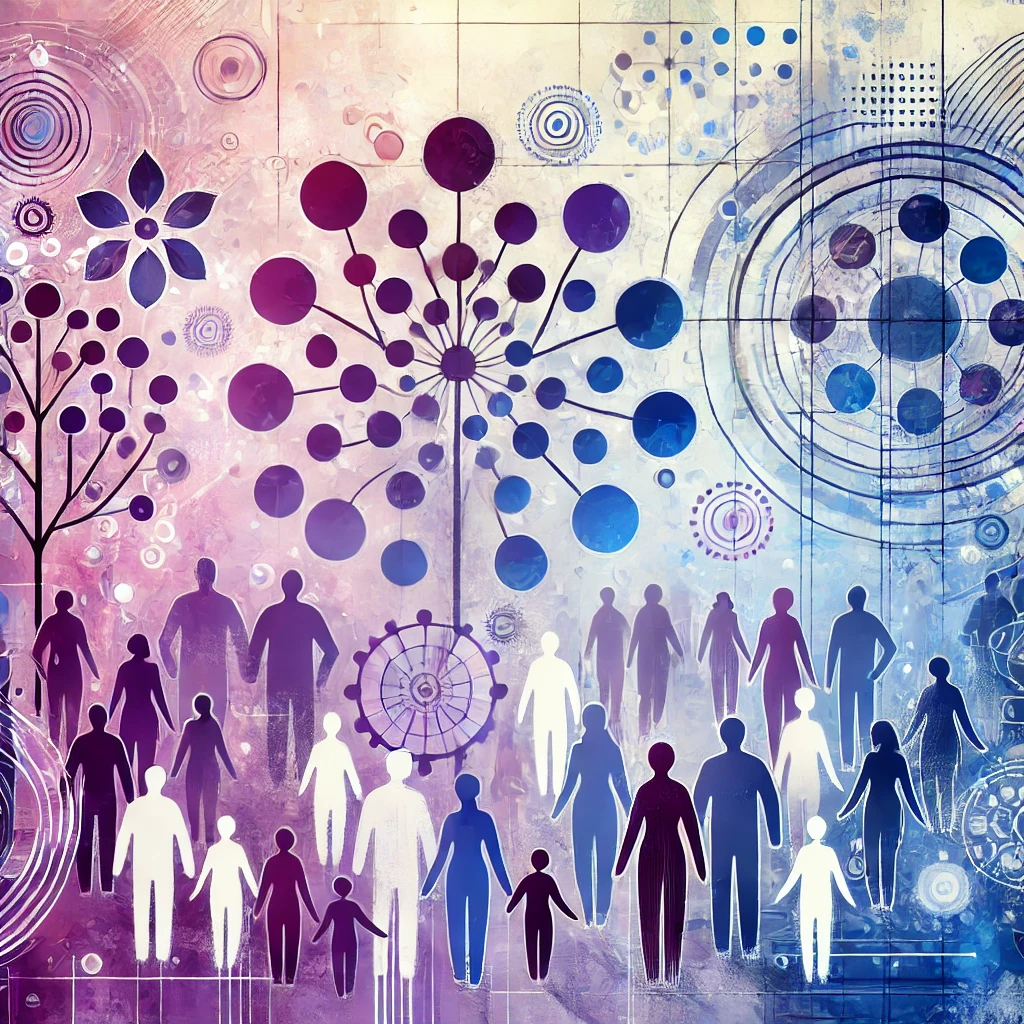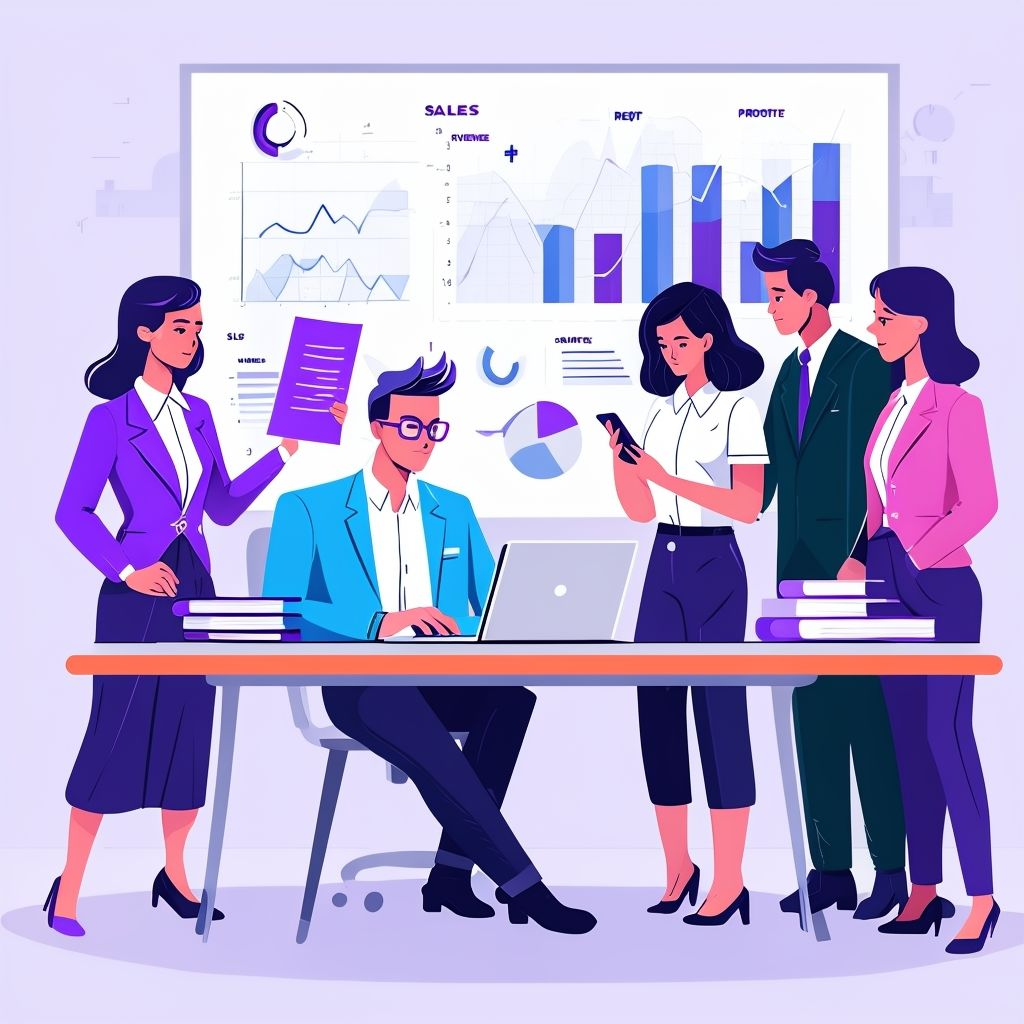Employee Engagement Strategies: Bridging Generational Gaps in the Workplace
Today’s workforce is more diverse than ever, especially in terms of age. Companies often find themselves managing a mix of Traditionalists, Baby Boomers, Generation X, Millennials, and Generation Z. Each group brings its own set of values, expectations, and communication styles to the workplace. Crafting employee engagement strategies that cross generational divides is essential for creating a harmonious and productive environment. This blog post outlines effective strategies to engage a multi-generational workforce.
Embracing Diverse Communication Styles
One of the key strategies for engaging a multi-generational workforce is to embrace and implement diverse communication styles. Older generations may prefer more traditional forms of communication such as face-to-face meetings and phone calls, while younger generations might lean towards digital communication tools like instant messaging and social media platforms. Organizations can foster better engagement by providing a variety of communication tools and training all employees on how to use them effectively. This inclusivity ensures that every employee feels comfortable and valued, regardless of their age.
Employee Engagement Strategies: Offering Flexible Work Options
Flexibility in the workplace is a significant factor in employee engagement across all age groups. However, the type of flexibility might differ among generations. While younger workers may seek flexible hours or the opportunity to work remotely, older employees might appreciate opportunities for phased retirement or part-time schedules. By offering a range of flexible working options, companies can cater to the unique needs of different generations, thereby boosting overall engagement and satisfaction.
Employee Engagement Strategies: Providing Tailored Benefits
A one-size-fits-all approach to employee benefits does not work in a multi-generational workplace. Different generations have different needs and priorities when it comes to benefits. For instance, while younger employees might value educational benefits and career development opportunities, older employees might prioritize healthcare and retirement planning. Companies that tailor their benefits packages to cater to these diverse needs will likely see higher levels of engagement across their workforce.

Employee Engagement Strategies: Creating Opportunities for Cross-Generational Mentoring
Cross-generational mentoring is an excellent way for employees from different age groups to learn from each other and bridge the generational gap. Older employees have years of experience and industry knowledge that they can pass down, while younger employees can share fresh perspectives and familiarity with technology. These mentoring relationships not only enhance skills across the board but also build mutual respect and understanding among different age groups.
Employee Engagement Strategies: Recognizing and Valuing Contributions Equally
Finally, it’s crucial that all employees, regardless of their age, feel that their contributions are recognized and valued. Recognition should be consistent, fair, and aligned with the company’s values. Celebrating small wins and major milestones for employees of all ages reinforces their significance to the company and can significantly enhance engagement.
Conclusion
Engaging a multi-generational workforce requires thoughtful, tailored strategies that respect and leverage the unique attributes of each age group. By embracing diverse communication methods, offering flexible work options, providing tailored benefits, fostering cross-generational mentoring, and recognizing contributions equally, companies can enhance engagement across all generations. Implementing these strategies not only improves productivity and satisfaction but also contributes to a more inclusive and dynamic workplace culture.
Unlock the power of employee engagement to enhance mental health and wellness in your organization by reading our detailed post, “Employee Engagement: Unlocking Its Power for Mental Health and Wellness.”









